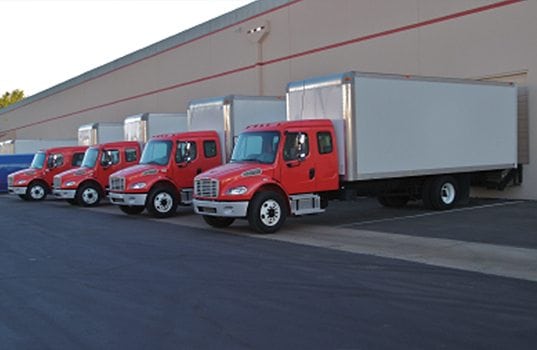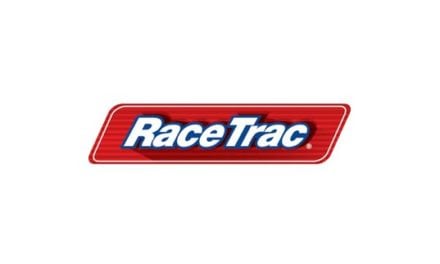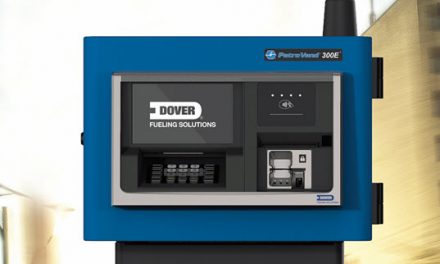By Shane Dyer
Historically speaking, commercial fleet cards have been largely immune from what is being called “white card” fraud that results from thieves obtaining credit card numbers through skimming devices installed on point of sale devices. A primary reason for this insulation is the traditional unattended cardlock point of sale equipment is non-standard to the retail fueling environment, and generally not on the radar of a thief who wants to secure credit card numbers where they can buy merchandise online.
As petroleum marketers embrace the concept of integrating their proprietary fleet card programs into retail fueling environments, they are exposing themselves and their customers to these skimming devices. Unfortunately, the thieves have also discovered that those obscure, non-Visa, card tracks they’ve been ignoring allow them to buy fuel — often without limits. As a result, theft on fleet cards being skimmed in retail and truckstop fueling environments is accelerating at an alarming rate.
More importantly, the thieves appear to be somewhat intelligent in how they approach using the cards. Instead of drawing attention to themselves by maxing out the card in a short period of time, they are spreading the transactions on a card over a longer period knowing this increases the likelihood that the skimmed card will go unnoticed. Detection usually occurs when a fleet customer complains there was no way their driver could have fueled in one location, and then another hundreds of miles away in less than a couple of hours. We have heard reports of losses in excess of $200,000 confined to a handful of accounts who were targeted.
While there are several questions and concerns around who is responsible for incurring the loss, I want to focus on preventative measures that a marketer can take to reduce or eliminate the impact of a skimmed card. The following measures should be approached collectively in order to obtain maximum protection for both yourself and your client.
- Set Velocity Controls – Many marketers have issued cards to fleet customers without any controls in place. Often the fleet customer declines the control out of a lack of education or understanding. DO NOT put a fleet card into the field without a gallon, dollar or transaction count limit (best a combination thereof). Even if the fleet customer says they don’t want any limits, you must realize this is for the protection of your company as well. Make sure the limits are relative to the needed consumption of the vehicle or driver.
- Set Unusual Activity Alerts – This is a critical preventative measure dependent on your card management host and your billing system. The better cardlock billing systems will provide the ability to quickly and easily identify multiple transactions in a day, product purchases that are not consistent with the norm and other important activity analysis that will help identify a skimmed card. These “alerts” should be automatically emailed to the fleet customer in real time or the next day. I strongly recommend that you evaluate your billing system relative to this required function, and if it’s unsuitable, consider contacting us to discuss alternative strategies.
- Educate Your Customer – It’s important to explain to your customers the importance of frequently reviewing their fuel transactions prior to billing. This requires you offer an online portal utility. If you don’t have one, contact your billing provider as most have this feature available.
- Review Your Contract – Many marketers are still using the same old credit application they have used for years before becoming involved in fleet fueling. Even if you have recently revised your contract to accommodate fleet fueling, it’s recommend that you do so again with these points in mind. Does your contract clearly state that:
o You are issuing a fuel access card, not a credit card, and the cardholder is responsible for any and all fuel purchases.
o When the card is used in retail fueling locations, the product grade restrictions and gallons limits may not be enforced.
o It’s the cardholders responsibility to review their fueling transactions on a frequent basis and immediately notify the card issuer if any unauthorized use.
The purpose of these measures are to limit the impact of a skimmed card, or any fraud for that matter, that might befall one of your valued fleet customers. It’s much easier to deal with a few hundred dollars of theft than it is thousands. Taking the necessary precautions and paying close attention to your customer’s activity is a big step towards mitigating this unfortunate problem.
 Shane Dyer possesses over 28 years petroleum automation, operations, and executive management experience with a focus on commercial fleet fueling and cardlock networks. PowerUp Fleet, Inc. ( www.powerupfleet.com ) provides Sales Force Automation/CRM solutions specific to the petroleum industry along with sales training, sales management and executive consulting services. He can be reached at (541) 388-5120 or [email protected] .
Shane Dyer possesses over 28 years petroleum automation, operations, and executive management experience with a focus on commercial fleet fueling and cardlock networks. PowerUp Fleet, Inc. ( www.powerupfleet.com ) provides Sales Force Automation/CRM solutions specific to the petroleum industry along with sales training, sales management and executive consulting services. He can be reached at (541) 388-5120 or [email protected] .









